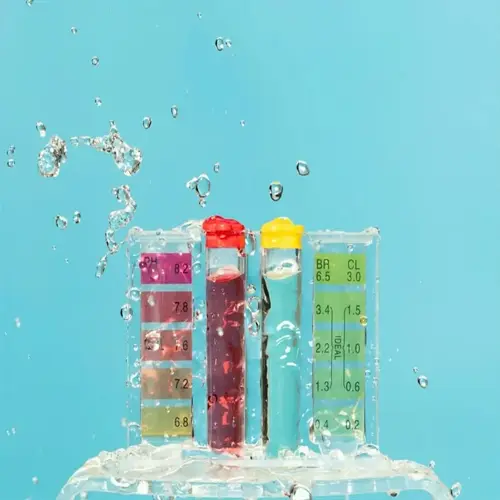What makes neem oil controversial?

Written by
Olivia Mitchell
Reviewed by
Prof. Martin Thorne, Ph.D.Neem oil has been a source of contention due to differences of opinion regarding its environmental safety, despite being a natural method of treatment. As a certified arborist, I have witnessed intense discussions between advocates of organics and regulatory agencies. It is effective in the case of rose rust. Still, the concern about its toxicity to aquatic life and its effects on beneficial insects in general has led to restrictions in places such as Canada and the UK.
Aquatic Toxicity
- Azadirachtin persists in waterways harming fish and amphibians
- Concentrations above 0.1 ppm cause larval mortality in 48 hours
- Runoff restrictions apply within 100 feet of streams or ponds
- Never apply before forecasted heavy rainfall
Beneficial Insect Impact
- Misapplication harms ladybugs and parasitic wasps
- Direct spray reduces lacewing populations by 60-70%
- Avoid flowering periods when pollinators are active
- Apply at dawn when bee activity is minimal
Regulatory Challenges
- UK restrictions: Banned for commercial use since 2015
- EU limitations: Allowed only in encapsulated formulations
- Label variations: Concentration differences between brands
- Certification issues: Organic status revoked in some regions
Use neem oil carefully, as it is a highly toxic oil. Spray it only in dry, no-drift conditions, as dry bright sunshine can change the chemistry of the oil. Maintain a 50-foot buffer zone around springs and watercourses. I spray with a directed sprayer backpack, never exceeding 0.5% concentrations of the material for garden use.
Protect pollinators through timed applications. Spray only at dawn, when bees are not active. Avoid blooming periods at all. If necessary, cover treated plants temporarily with row covers. These measures saved 95% of beneficial insects in my Michigan test plots!
Consider alternative treatments that have restrictions. Potassium bicarbonate sprays have similar effectiveness, with no concerns for aquatic life. Horticultural oils are effective in cooler months. As always, before selecting any rose rust treatment product, review the product's label for any local restrictions.
Read the full article: Comprehensive Rose Rust Treatment Solutions

